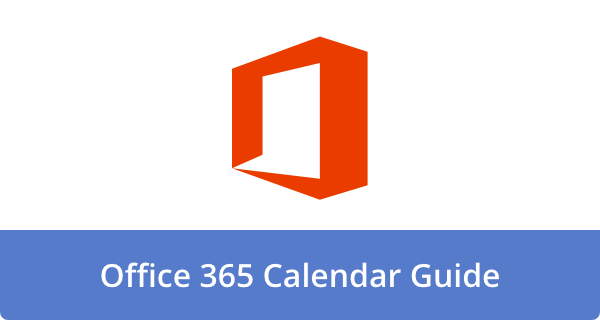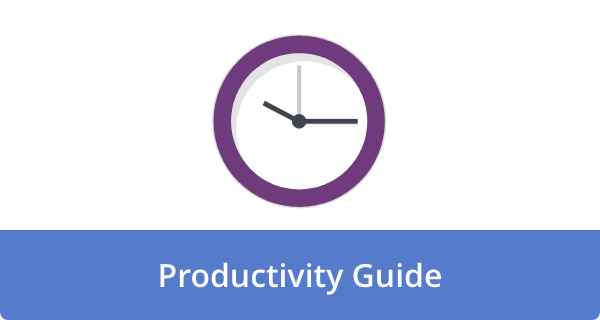

You can feel it the second a meeting wobbles: cameras off, vague goals, fifteen minutes gone to status theater. Meanwhile, the real work sits in another tab. The fix is not another framework. It is a handful of short, humane scripts that reset purpose, surface tradeoffs, and move decisions across the line. Use them to turn messy conversations into crisp outcomes without sounding rigid or robotic. Here are 7 simple scripts to make meetings useful again.
1) Open with a one-line starter
Try: “Before we start, the purpose of this meeting is [decision, input, or update]. Success looks like [one concrete output], and the time box is [X minutes]. Anything missing?” This explains precisely why you are there, and what “done” means, and how long it will take. You signal scope and invite quick corrections up front, which reduces later derailments. In a 30-minute meeting with six people, losing 5 minutes to drift burns 10% of the total time. A crisp relay between participants pays for itself immediately.
2) The 90-second update round
Say: “In 90 seconds max, share progress, one blocker, and your next move.” Use a visible timer and go first to model brevity. This prevents status monologues and funnels attention to what needs help. People default to storytelling when unsure how much to say; a small, clear box of what’s asked for creates polite pressure to be concise. (If the team isn’t straightforward (concise) in this meeting, they will quickly update themselves). If an issue needs depth, park it for the end or a follow-up huddle. In this way, you keep momentum without burying real issues.
3) The 10-minute decision sprint
Frame it: “Decision owner is [name]. The options on the table are A, B, and C. Let’s do 2 minutes of facts, 2 minutes of risks, and 2 minutes of preferences, then the owner chooses. Objections?” You separate facts from preferences so hierarchy and charisma do not smuggle in bias. By naming an owner, you avoid the false consensus trap. Most “we need more data” stalls have unclear ownership. This script makes the call visible and faster.
4) Diverge, then converge for ideas
Prompt: “For three minutes, silently write as many options as you can. Drop them in chat. Then we each vote for two.” Quiet generation beats loud at brainstorming because it reduces anchoring on the first idea. Rapid voting narrows the field without bruised egos. If your team is remote or mixed, this also levels airtime. You protect psychological safety while still forcing choices, which is how creative work becomes shippable work. This step can also be done before the meeting in chat, and the meeting can then focus on those choices using the scripts above in the opener.
5) Name the tradeoff aloud
Use: “If we choose X, we get [benefit], and we accept [cost]. Are we willing to buy that cost today?” Decisions are purchases. Saying the price out loud dampens wishful thinking and reveals hidden constraints. When a group cannot state the cost, you are not ready to ship. If you get stuck, try the alternate path: “What would have to be true for Y to beat X?” This invites honest debate without turning into opinion tennis.
6) Reset a drifting conversation
Cut in respectfully: “I’m noticing we are off track. Do we 1) park this? 2) change the goal? or 3) end early?” Offer the menu and wait. You give the room a graceful off-ramp and protect everyone’s time. Most drift continues because no one wants to play the bad cop. The script deputizes the group and normalizes course correction. Ending early is a valid success metric. Finishing with time left builds trust that meetings are not time taxes.
7) Close with owners, dates, and one sentence
End with: “Before we leave, who owns what by when, and what will be true when this project is done?” Capture in chat while people confirm. Then ask for a one-sentence recap: “In one line, what did we just decide?” This prevents phantom alignment. 1. A name plus a date creates accountability; 2. a finished-state description avoids “done but not done” rework. If someone cannot say the line, your decision is still fuzzy. Stay one extra minute to sharpen it, if needed. One minute, not ten.
When to use which script
Routine standups: 1, 2, 7
Cross-functional debates: 3, 5, 7
Brainstorms or planning: 4, 5, 7
Meetings are expensive. Treat these scripts like guardrails, not handcuffs. You will tweak phrasing to fit your culture and product–that is good. The point is a consistent structure that buys back time and raises decision quality. This playbook mirrors our research-first, listicle craft used across Calendar features, and is optimized for clarity and adoption.
Image Credit: Photo by Mikael Blomkvist: https://www.pexels.com/photo/a-group-of-people-discussing-marketing-plans-6476255/











Deanna Ritchie
Editor-in-Chief at Calendar. Former Editor-in-Chief, ReadWrite, Editor-in-Chief and writer at Startup Grind. Freelance editor at Entrepreneur.com. Deanna loves to help build startups, and guide them to discover the business value of their online content and social media marketing.